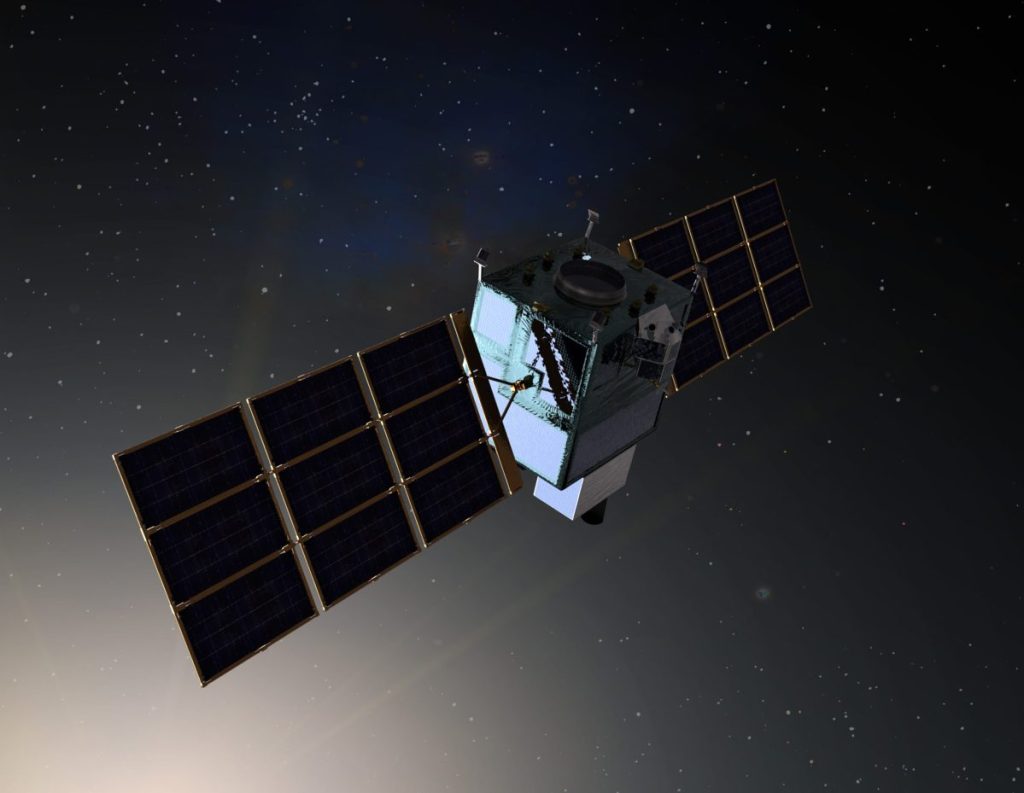
Space Force awards Northrop Grumman $1.8 billion contract extension for missile warning satellites (Image Credit: Space News)
WASHINGTON — The U.S. Space Force awarded Northrop Grumman a $1.8 billion contract extension to begin production of two advanced early warning satellites designed to detect missile threats, particularly those approaching from the Northern Hemisphere.
These satellites are part of the military’s Next-Generation Overhead Persistent Infrared (OPIR) program, a defense initiative aimed at enhancing missile threat detection from space.
This latest contract modification, announced Oct. 23, brings Northrop Grumman’s total value for the project to $4.1 billion, following a $2.3 billion contract awarded in 2020 to develop the two satellites.
The project has now moved into a critical phase, transitioning from design and development to the manufacturing, assembly, integration, and testing of the space vehicles and their associated ground systems.
The Next-Gen OPIR program involves two types of satellites: geosynchronous spacecraft built by Lockheed Martin and polar-orbiting satellites developed by Northrop Grumman. The two satellites from Northrop Grumman will be placed in highly elliptical orbits, which give them a broader view of the Northern Hemisphere, where potential missile threats from adversaries are most likely to originate. The Northern Hemisphere is the shortest and most direct route for missiles targeting the U.S., making it the most challenging area to monitor.
First launch targeted for 2028
The first of Northrop Grumman’s satellites is slated for launch in 2028. The satellites will rely on infrared sensors to identify potential missile launches. Once a threat is detected, the satellite’s communication system will immediately relay data to ground-based stations for analysis and response.
The contract extension comes after the successful completion of design reviews for both the satellites and ground systems.
With an estimated overall cost of $14 billion, the Next-Gen OPIR program is one of the most expensive satellite procurement initiatives in the Space Force. Despite a general trend toward smaller and more cost-effective satellites, the military continues to prioritize large, high-altitude systems for persistent surveillance. The Pentagon considers these satellites essential for providing round-the-clock monitoring of missile threats.








